This is one of our favorite archaeological finds in our travels thus far! Here there are many dwellings sheltered by overhanging cliffs that were home to inhabitants between 1100 and 1250 AD. We hiked the Island Trail (about 1 mile loop) where many dwellings exist. Be sure to take plenty of water as the change in elevation makes it a strenuous hike. It also provides amazing views of the canyon in all directions where other dwellings were built.
Can you see some dwellings in this photo?
Close up.
More canyon views of the dwellings. At first we didn't realize there were so many, but when we started looking more closely, they seemed to be everywhere!
The people who lived here are known as Sinagua (Spanish for "without water") in reference to the dry region of their homeland. They were farmers, hunters (deer, bighorn sheep, and small game), gatherers of useful plants, and traders. Their farmlands were on the rim top where corn, beans, and squash were grown. Edible wild plants (about 20 varieties including yucca, wild grapes, and black walnuts) that grew in the canyon were also very important to their diet.
Trade items included turquoise from the Santa Fe area, seashell ornaments from the Gulf of Mexico, and macaw feathers from Mexico. Artifacts show that Archaic people traveled through this region, but the Sinagua were the first to make this a home.
After the eruption of Sunset Crater Volcano, the Sinagua changed the architecture of their homes from the traditional one-room pit houses near their fields on the rim to the cliff dwellings in the canyon. Most homes faced south and east for the warmth and sunlight. There are a few facing north and west, but were probably occupied during summer months only. Along with the cliff dwellings in the canyon are pit houses and free-standing pueblos around the rims.
The shallow caves in the limestone cliffs provided the floor, ceiling and rear wall of the dwellings. Walls were built using limestone rocks that were cemented together with clay. Wood beams were used to reinforce doorways.
Photos of the dwellings seen along the Island Trail.
The black ceiling was caused by smoke.
The cliff dwellings were occupied for about 100 years when the Sinagua moved to new villages southeast along Anderson Mesa. The cliff dwellings were undisturbed until the 1880s when the railroad brought souvenir hunters to the canyon. Here is an example of the damage done ... all artifacts and most walls were destroyed by the tourists.
The theft and destruction of many cliff homes led to local efforts to preserve the canyon. Walnut Canyon was declared a national monument in 1915 and was then managed by the National Park Service.
Some final views of the canyon.
You should definitely visit this park if you are in the Flagstaff area! I had never heard of it before, but thoroughly enjoyed seeing this natural wonder and learning about how the Sinagua survived in this arid environment.
Access to the park is $5/person. John's senior pass gets us in for free. There are no restaurants, overnight accommodations, or services at this park.
Website: www.nps.gov/waca


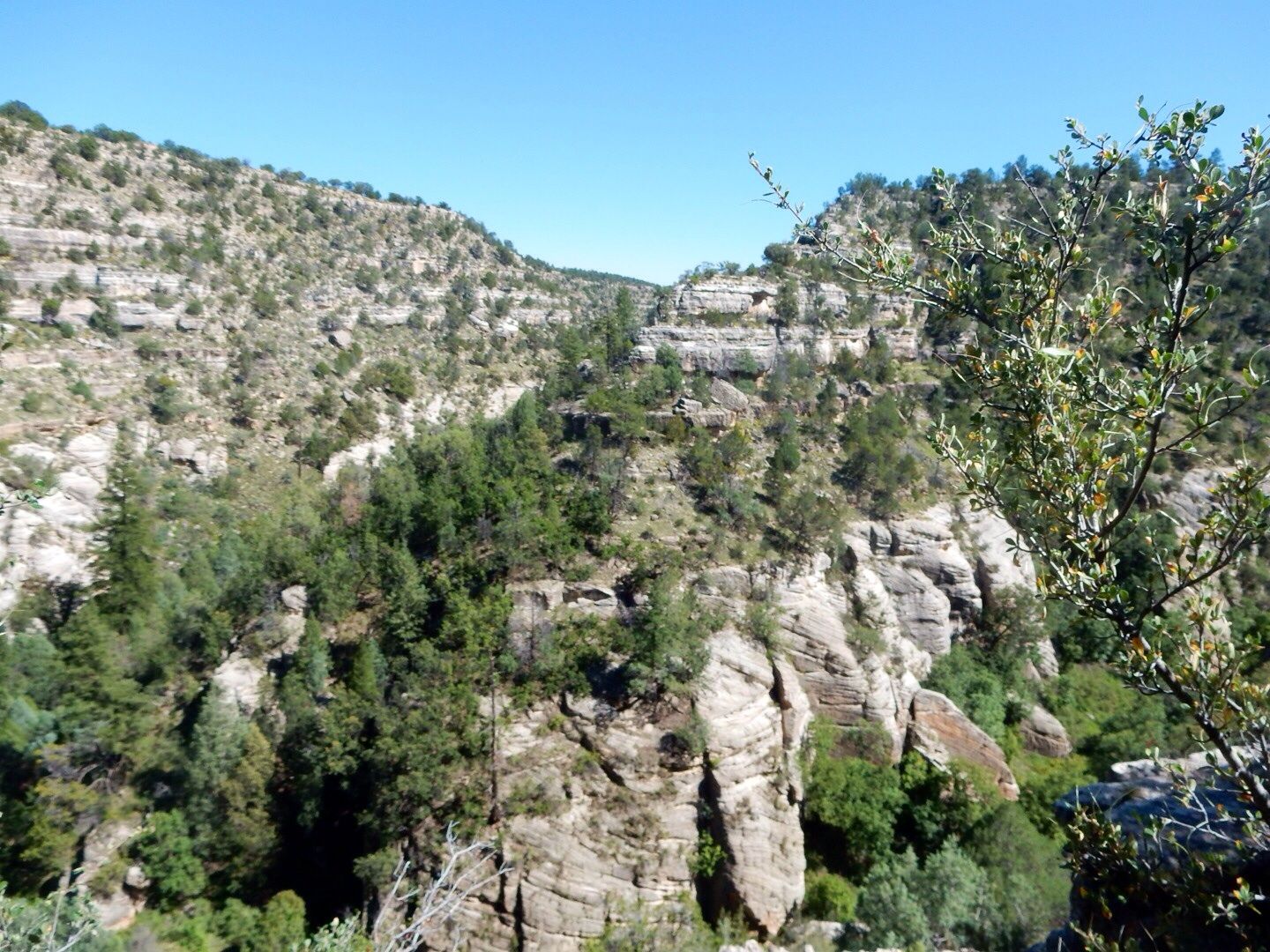
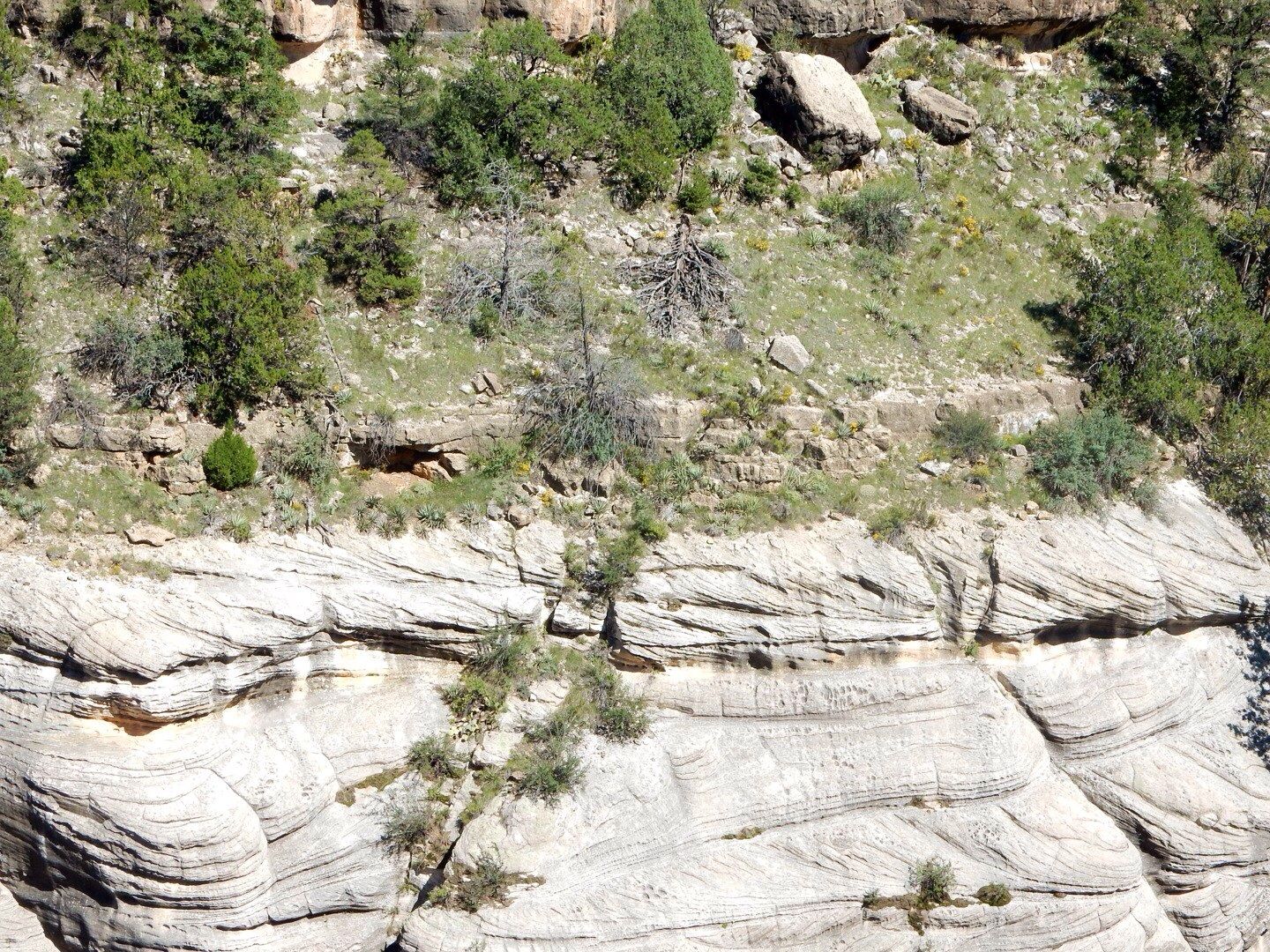
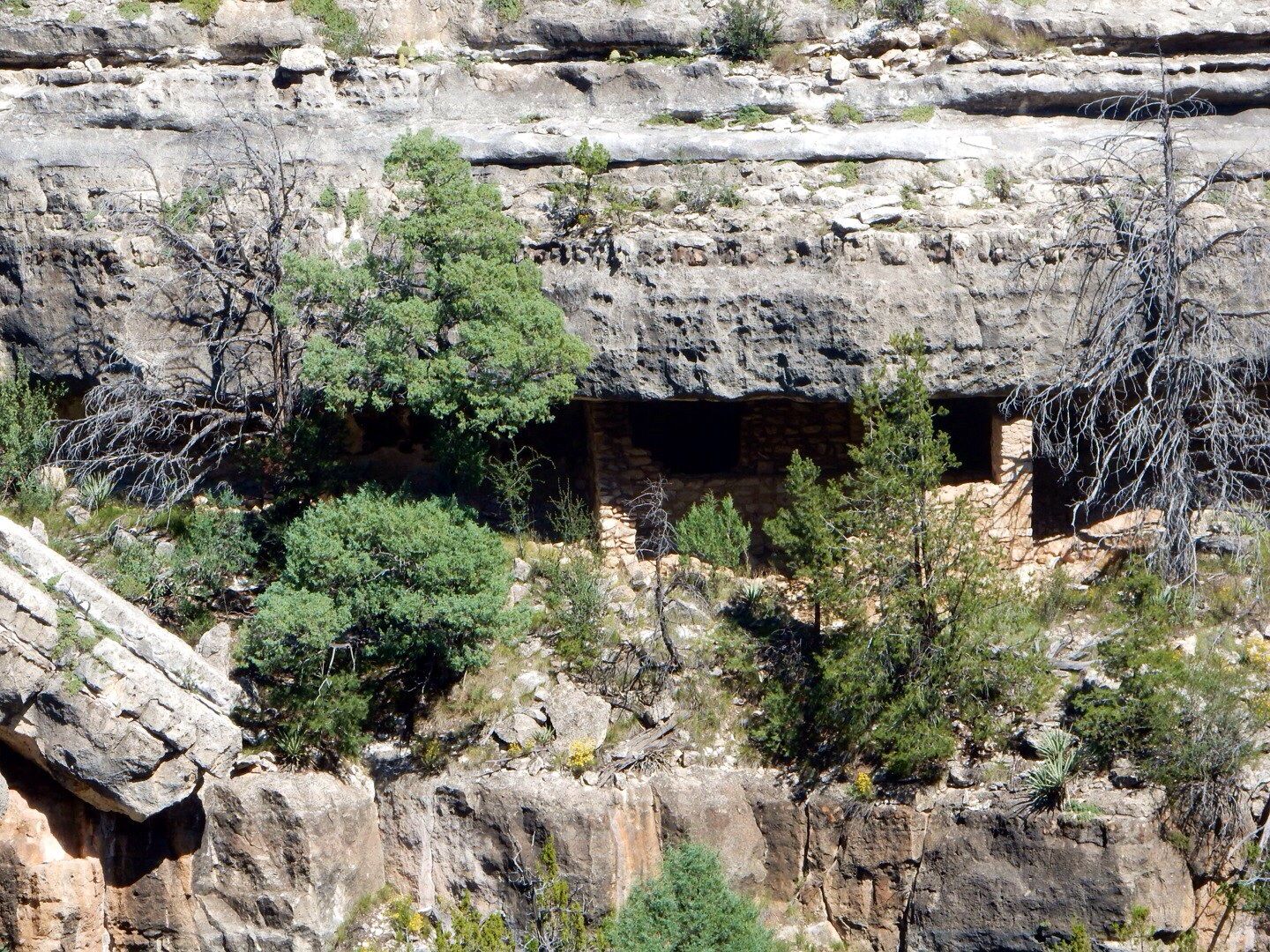
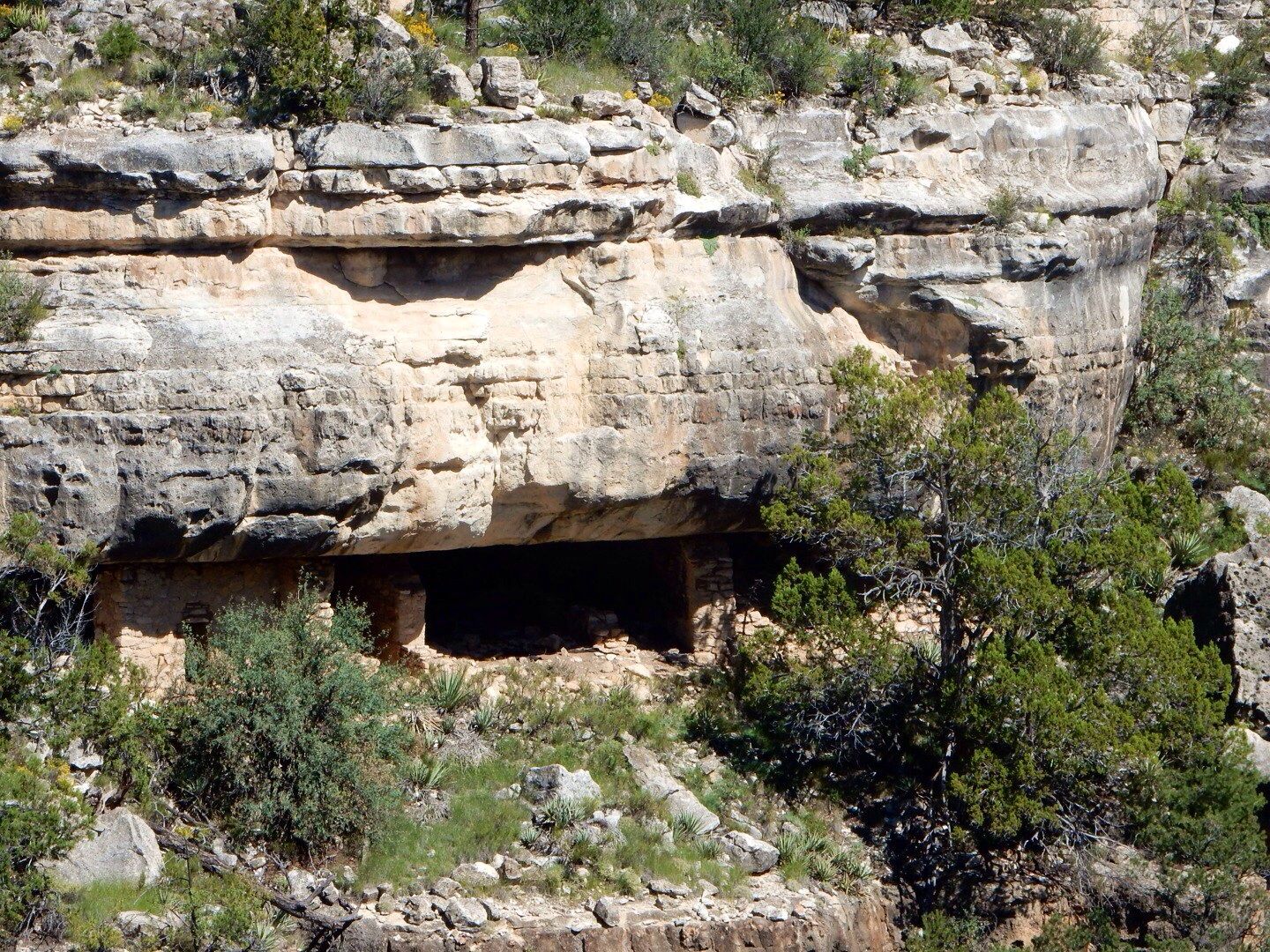
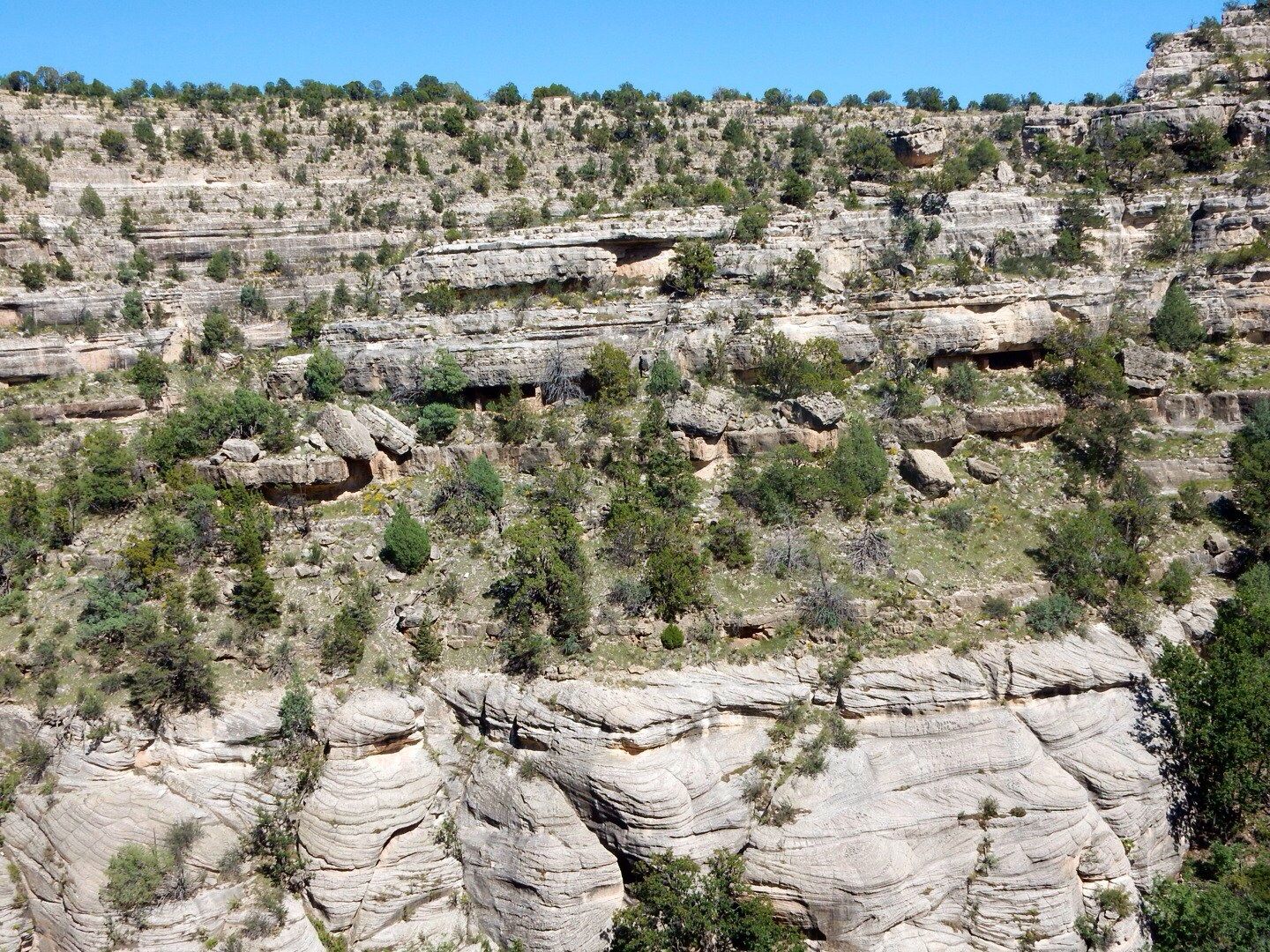
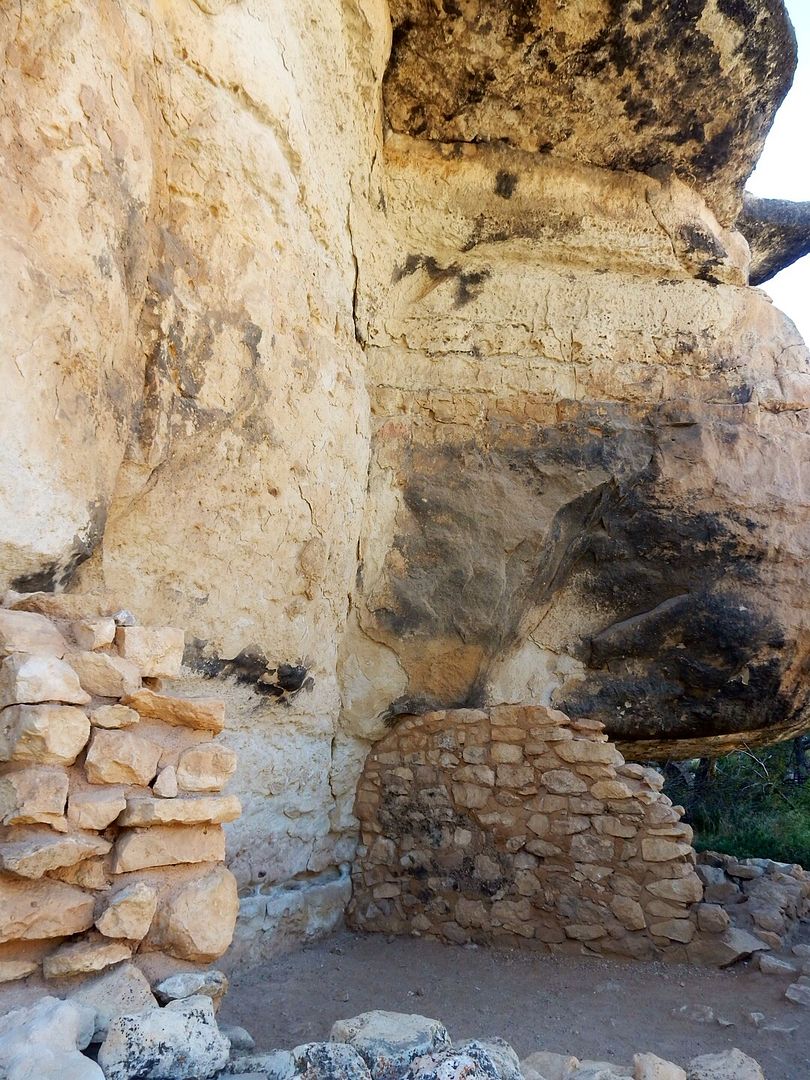
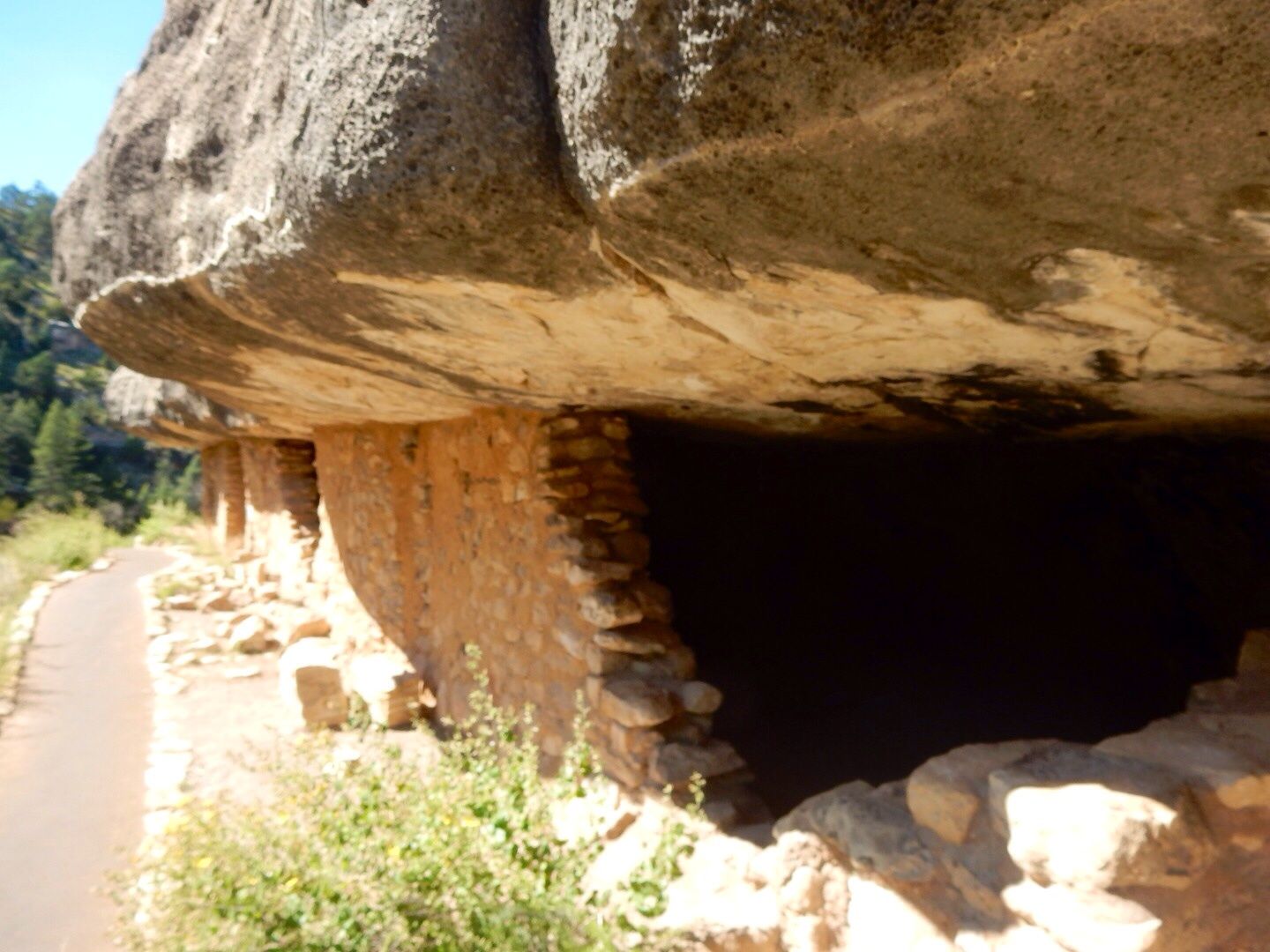
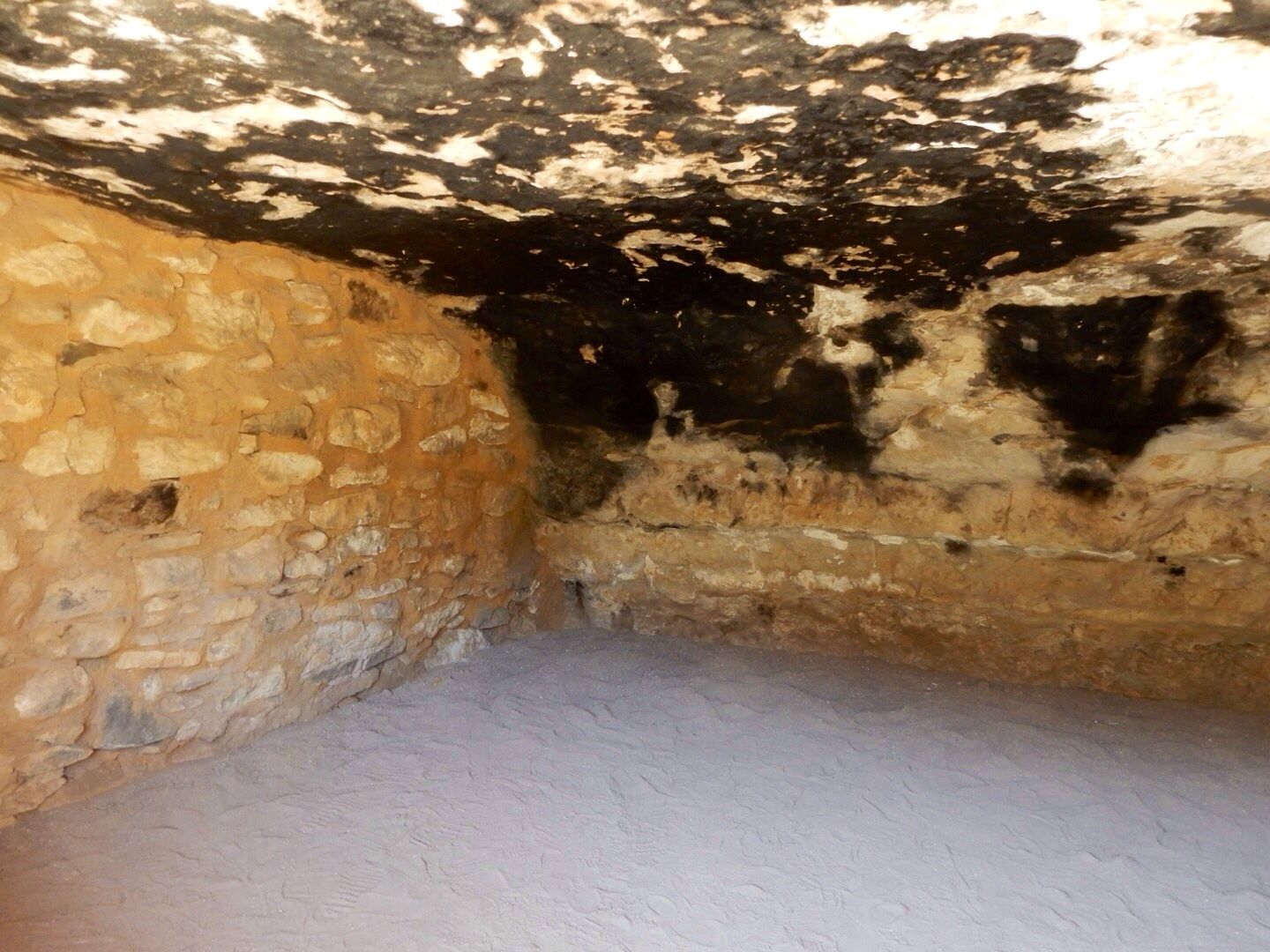
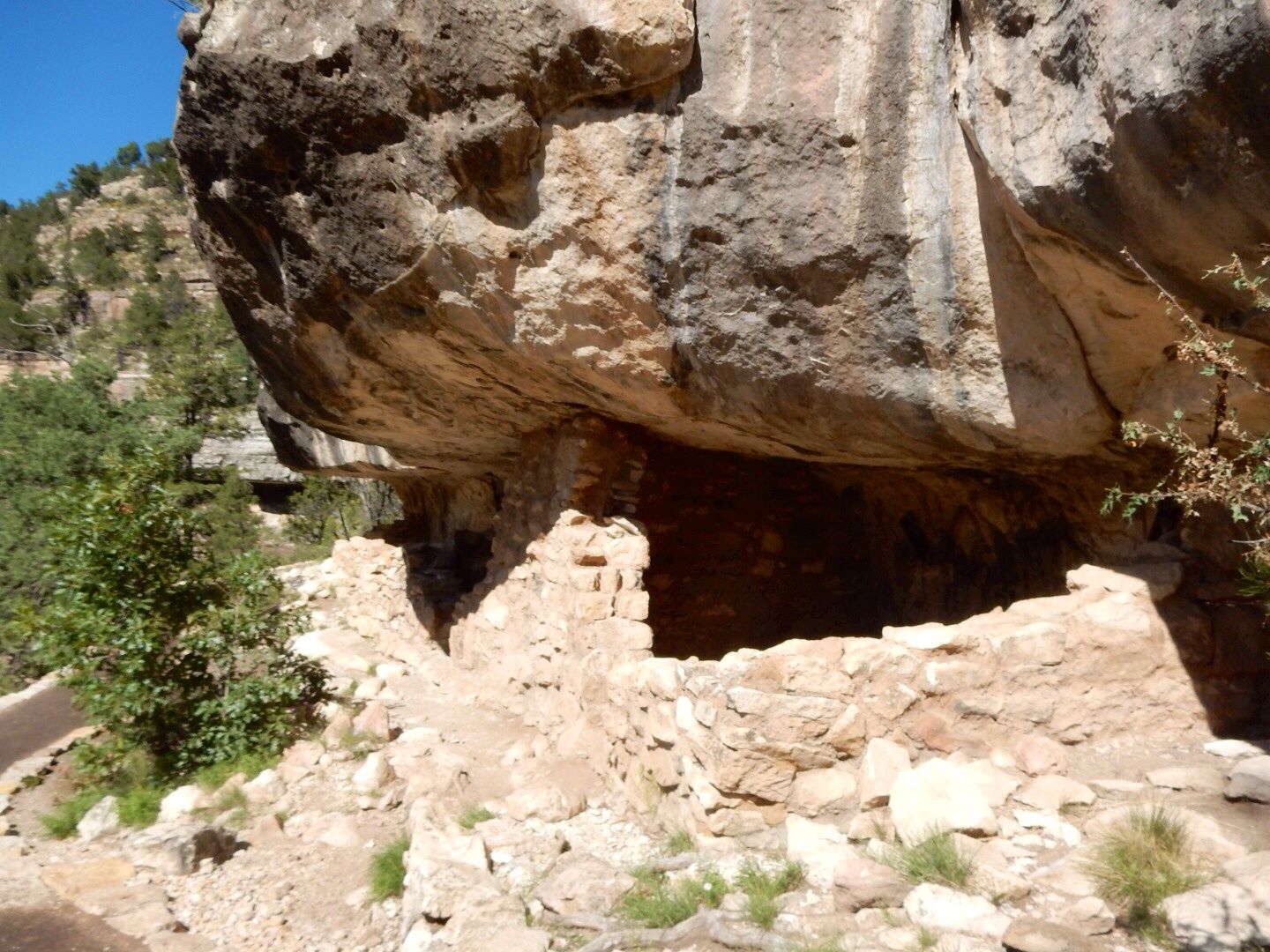
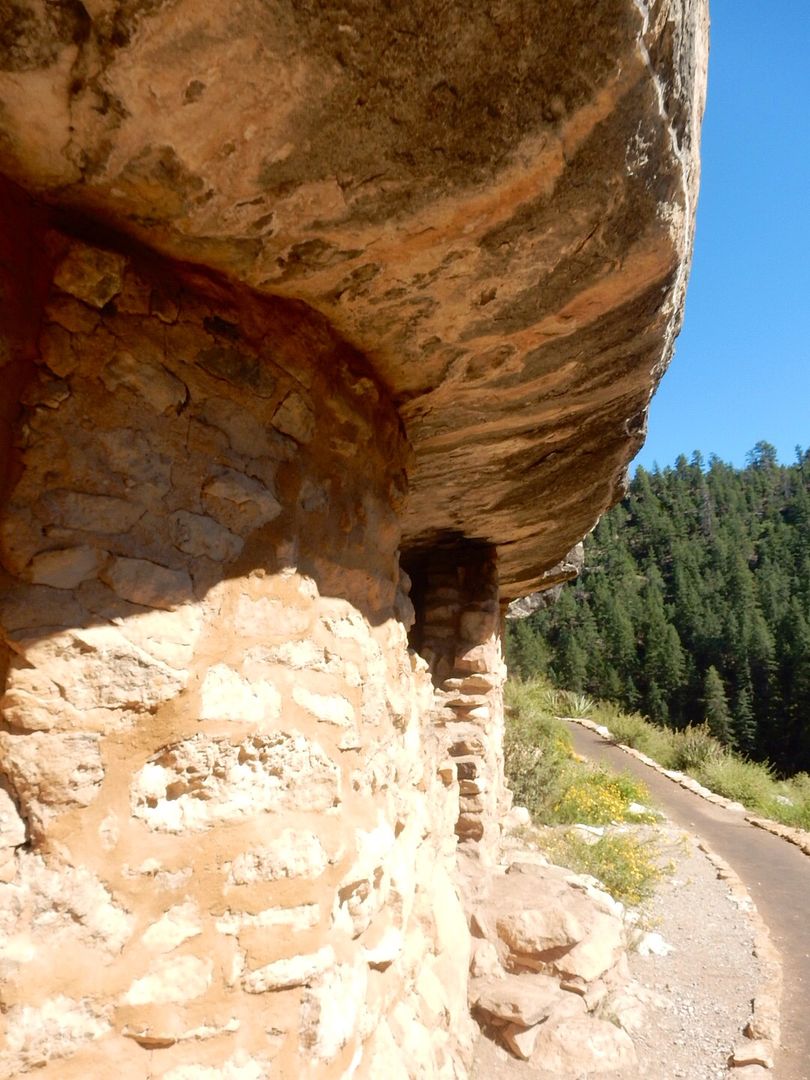
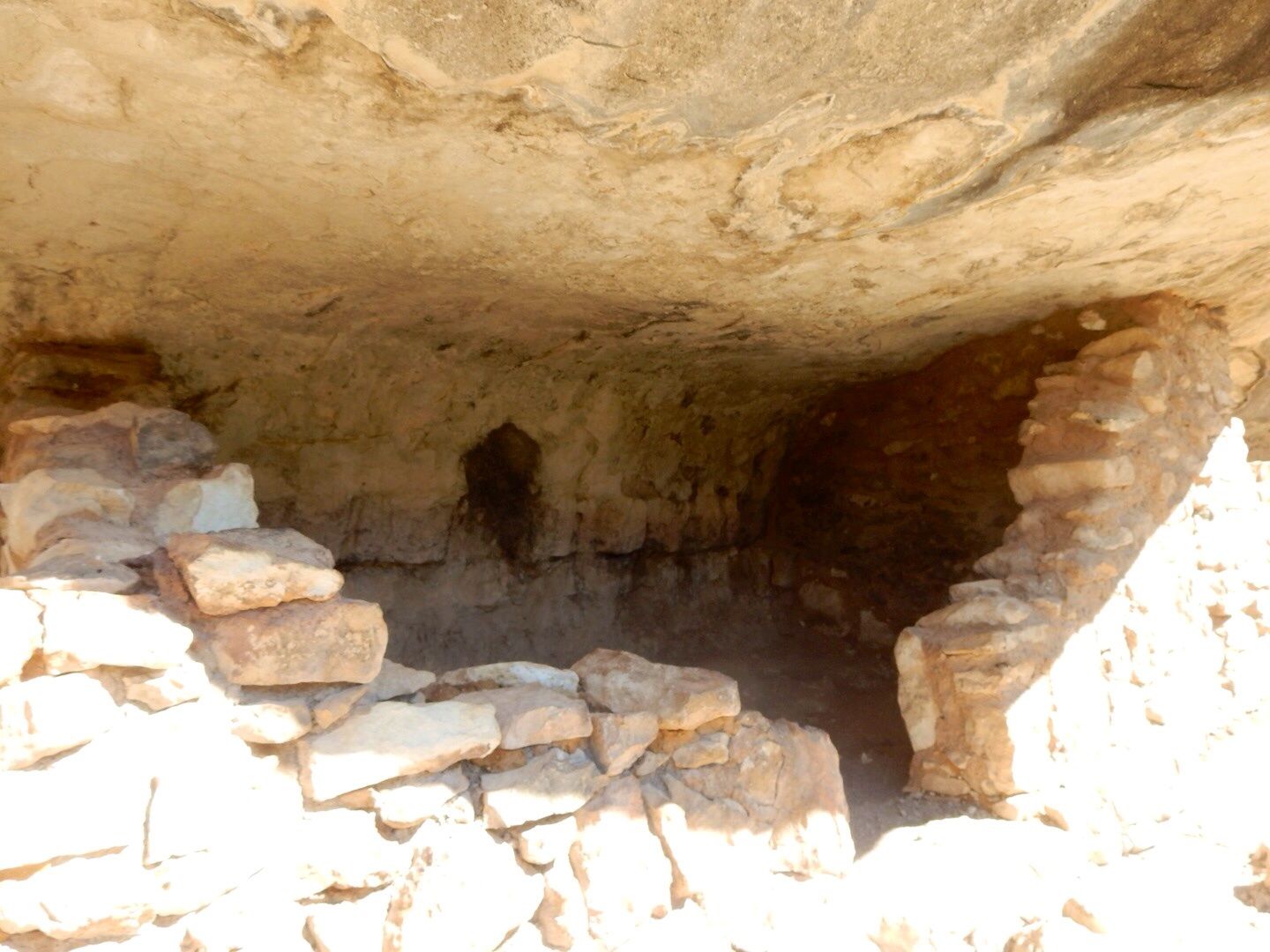
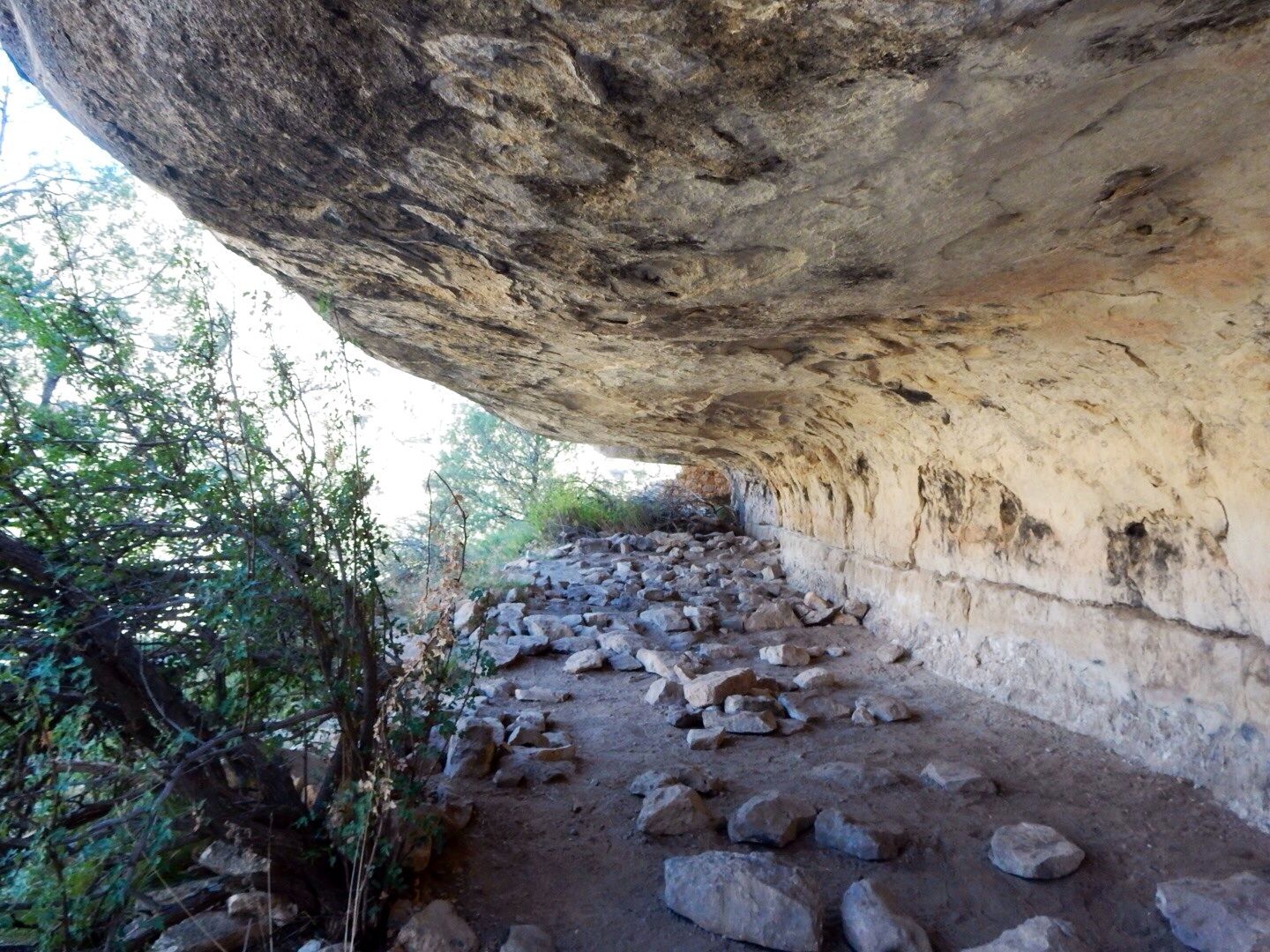
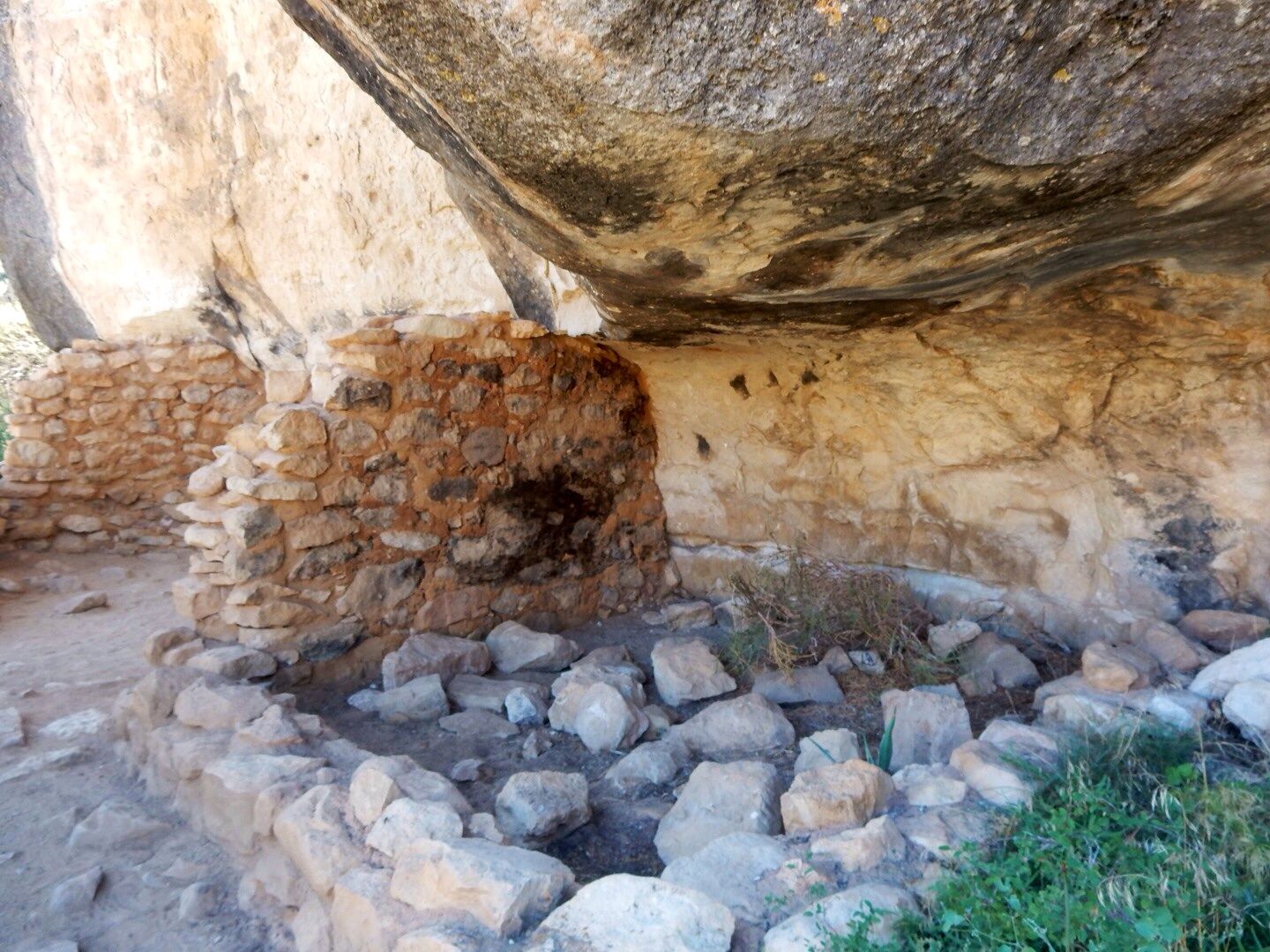
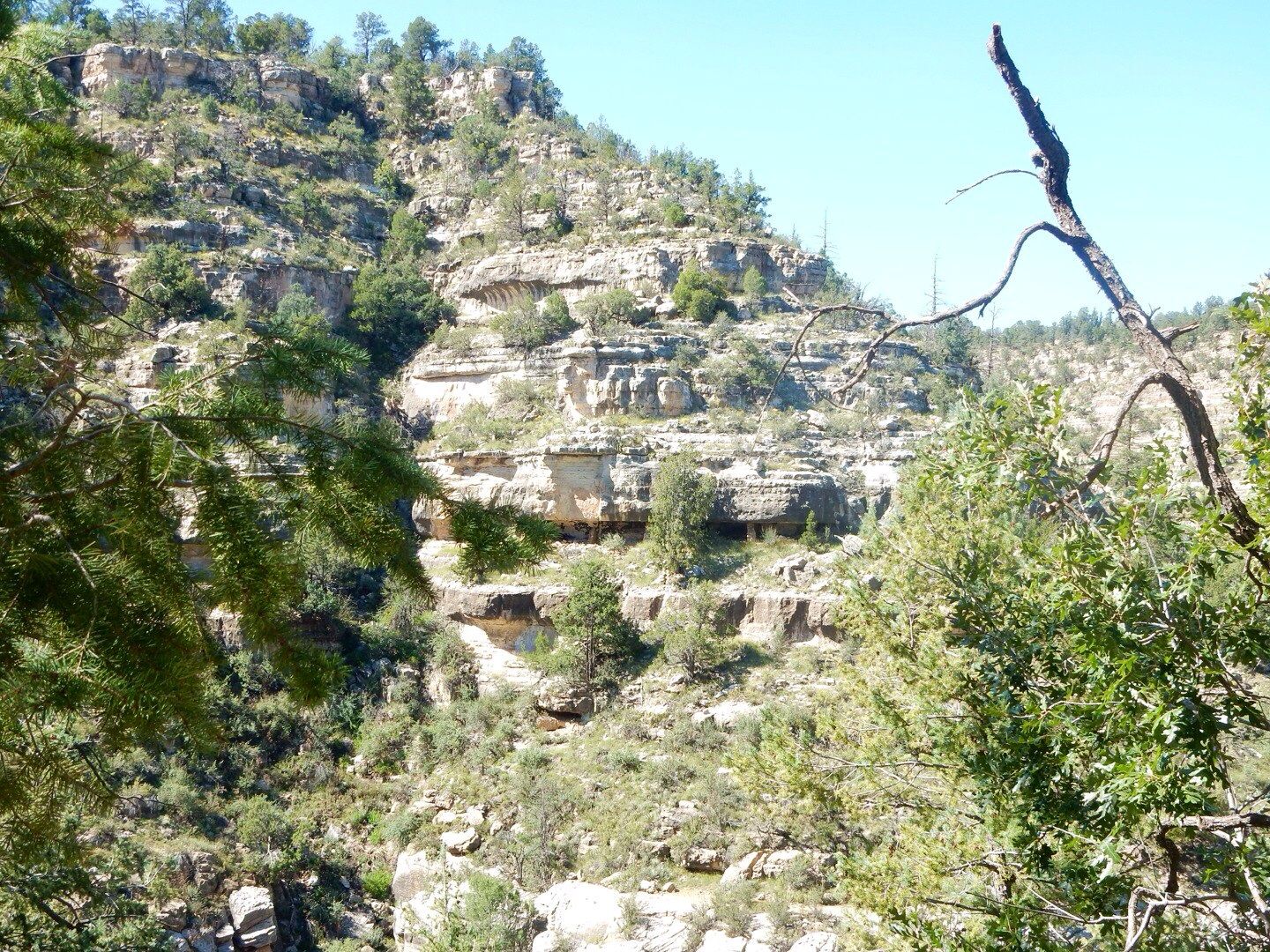
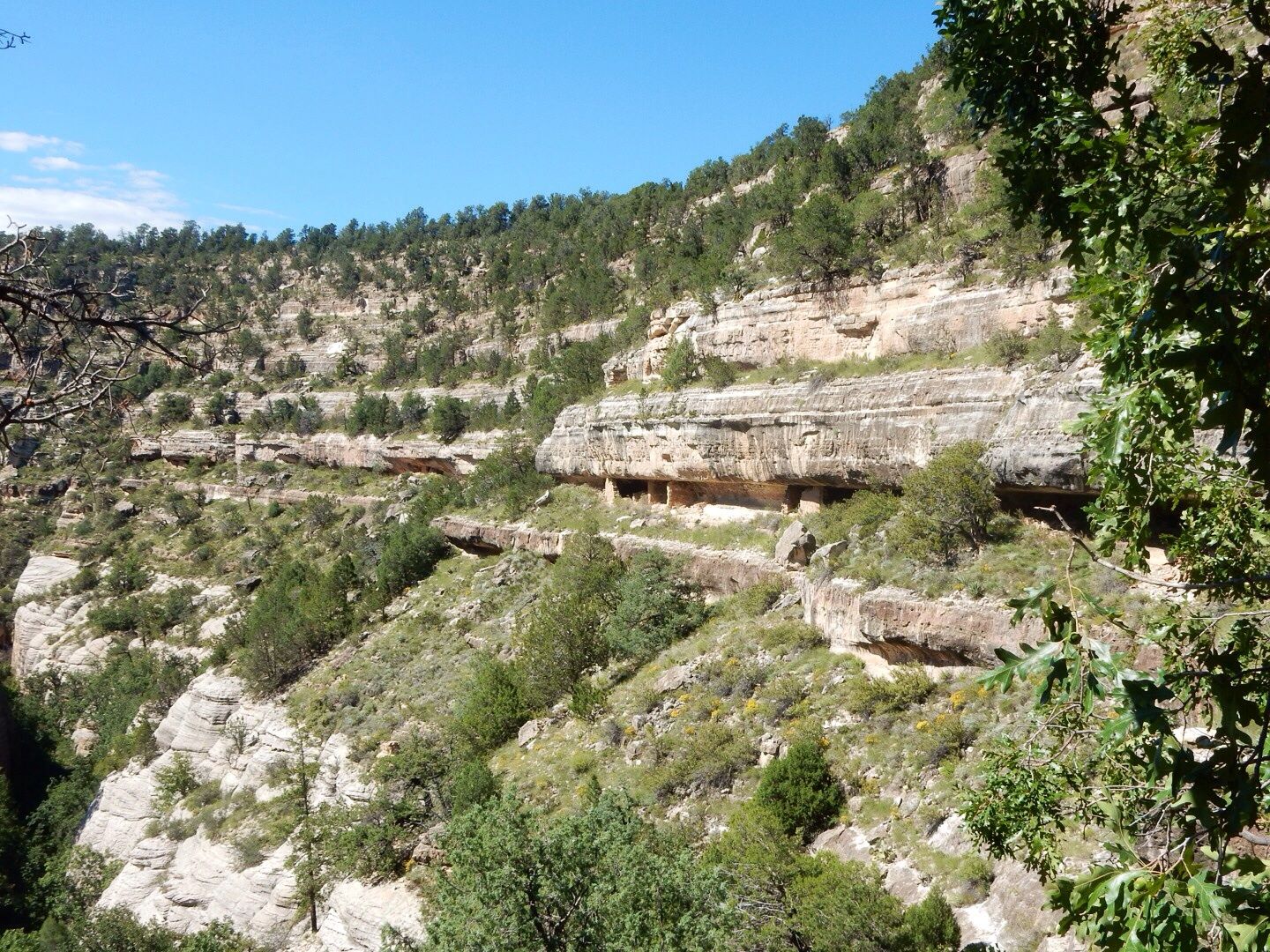
The blog can be very helpful for travelers; especially for those who love to explore nature attractions as me. This blog post reminded me the time that I spend in Arizona with my wife. I never forget the Spectacular hiking experience around this gorgeous Monument. We captured dozens of photographs of the beautiful sights of this park. Next I am going with boston to washington dc bus tours and looking any idea about how can I make this tour memorable.
ReplyDelete